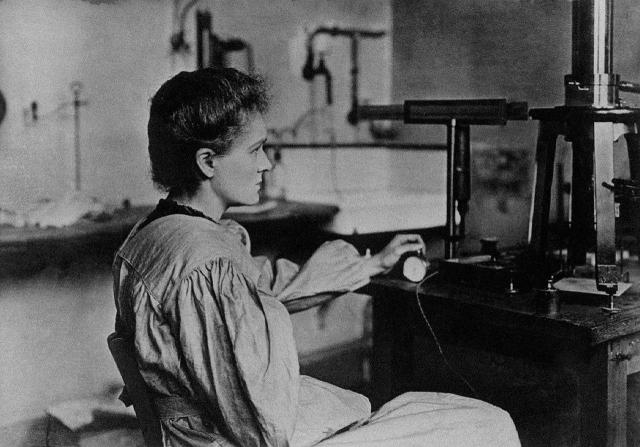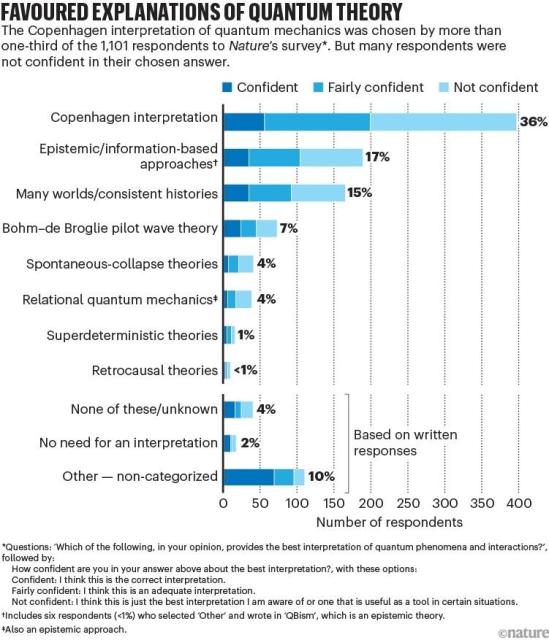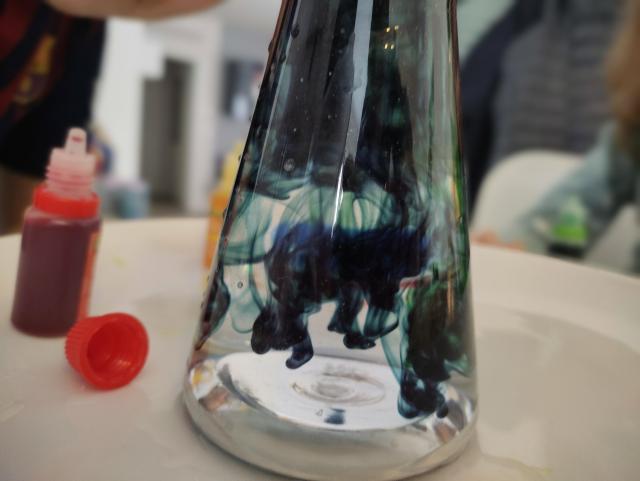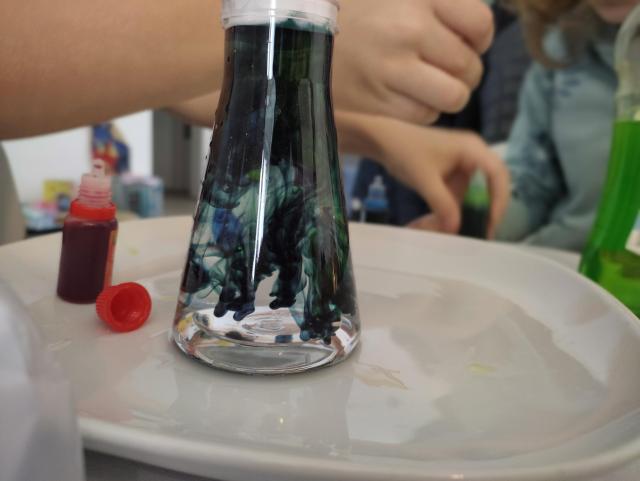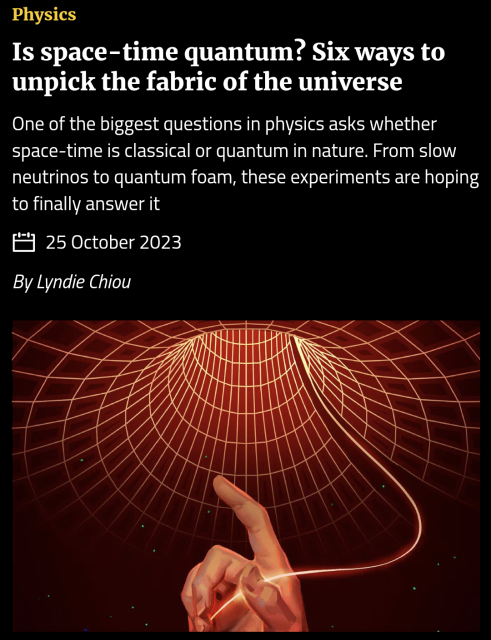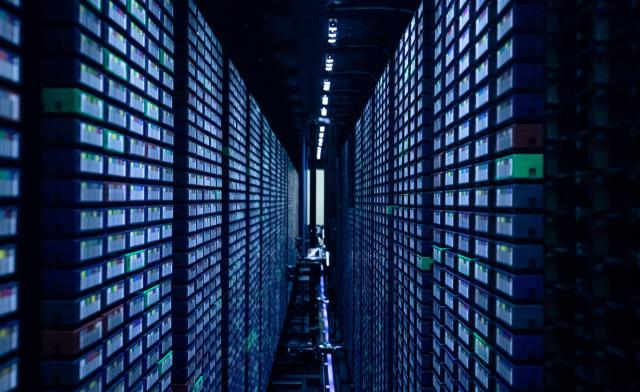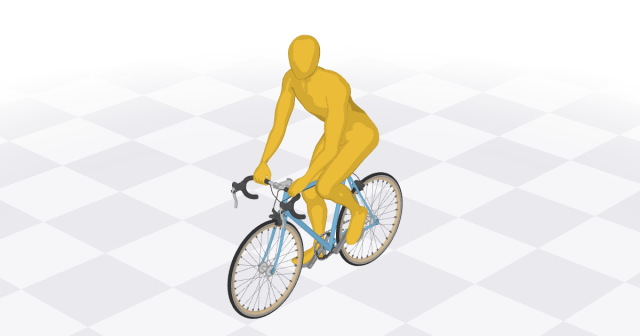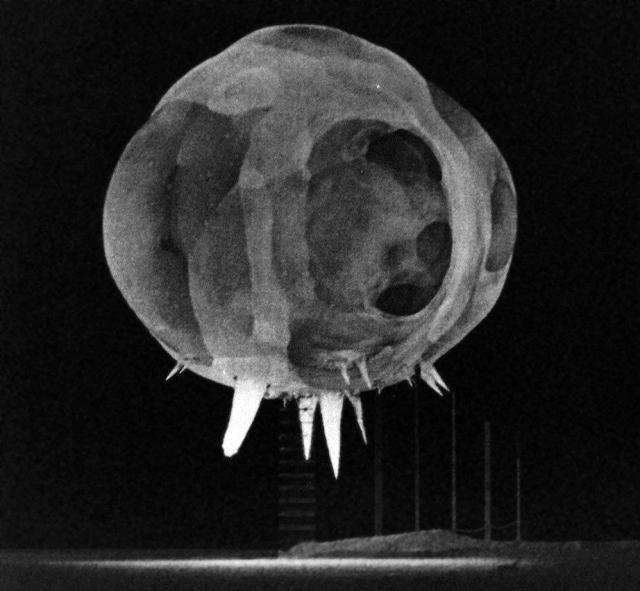Search
Items tagged with: physics
"The moment of discovery" does not always exist: the scientist's work is too tenuous, too divided, for the certainty of success to crackle out suddenly in the midst of his laborious toil like a stroke of lightening, dazzling him by its fire.
In: Eve Curie - Madame Curie - Chapter XII (p. 158)
~Marie Curie #BOTD in 1867.
Physics Nobel awarded to three scientists for work on quantum computing
Work on Quantum Tunneling In Electronic Circuits
#Physics #NobelPrize #OurModernTimes #QuantumMechanics
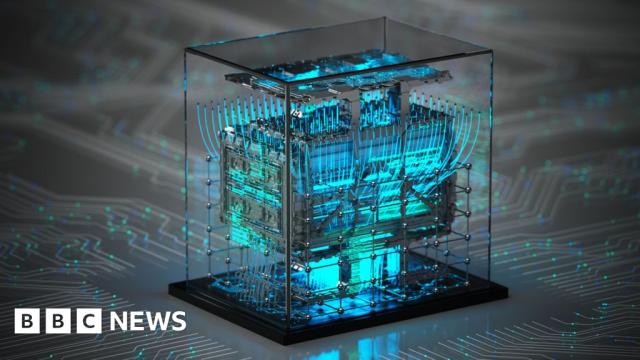
Physics Nobel: Three win prize for paving way for very powerful computers
The announcement was made by the Royal Swedish Academy of Sciences in Stockholm.Georgina Rannard (BBC News)
At an event celebrating the 100th anniversary of quantum mechanics, physicists were polled on their view of quantum theory.
Their wildly divergent answers illustrate the difference between observation and interpretation.
nature.com/articles/d41586-025… #science #nature #physics #philosophy
Physicists disagree wildly on what quantum mechanics says about reality, Nature survey shows
First major attempt to chart researchers’ views finds interpretations in conflict.Gibney, Elizabeth
"How quantised inertia gets rid of dark matter | Mike McCulloch | TEDxPlymouthUniversity"
youtube.com/watch?v=fnNKC82wUm…
- YouTube
Enjoy the videos and music that you love, upload original content and share it all with friends, family and the world on YouTube.www.youtube.com
New Math Suggests 'Impossible' Third Type of Particle Could Exist
Quantum mechanics has long classified particles into just two distinct types: fermions and bosons.
Now physicists from Rice University in the US have found a third type might be possible after all, at least mathematically speaking. Known as a paraparticles, their behavior could imply the existence of elementary particles nobody has ever considered.
(credits to the creator below 👇)
#physics #astrodon #astronomy #turbulence
Wonderful! I love the runner-up, 'The Scholar's Dream', on browntail moths, to the music of Saint-Saëns' Danse Macabre: youtube.com/watch?v=SFwRMZKODb…
Overview & other category winners here: science.org/content/article/ka…
#DanceYourPhD #moth #kangaroo #epigenetics #circadian #dance #zoology #science #SciComm #SocialScience #biology #chemistry #physics
![The Scholar's Dream- Dance Your PhD 2024 [𝓡𝓾𝓷𝓷𝓮𝓻-𝓤𝓹]](https://keybored.me/photo/preview/640/1223564)
The Scholar's Dream- Dance Your PhD 2024 [𝓡𝓾𝓷𝓷𝓮𝓻-𝓤𝓹]
[2/27/2024: I had a sudden jump in views- turns out my video was a runner-up for Science's Dance your PhD and "might have won the whole thing if not up again...YouTube
My 1st cover story! For New Scientist about experiments that are close to telling us if spacetime is quantized. And a Q&A with a physicist who is simulating space-time from scratch!
newscientist.com/article/mg260…
newscientist.com/article/23992…
The physicist trying to create space-time from scratch
Monika Schleier-Smith is testing the idea that space-time emerges, like a hologram, from quantum interactions by attempting to make it in the labLyndie Chiou (New Scientist)
Find out how to get computational resources on the DiRAC facility here:
dirac.ac.uk/callforproposals/
#HPC #ECR #Astronomy #Physics
Call for Proposals - DiRAC
Access to DiRAC is co-ordinated by The STFC's DiRAC Resource Allocation Committee, which puts out an annual Call for Proposals to request time, a Director'sDiRAC Admin (DiRAC)
From Collision to Analysis: The Complex Dance of Prompt Data Processing in the CMS Experiment! 💥 💻
Learn more about what CMS does to make essential physics data available to researchers here: cms.cern/news/prompt-data-proc…
#cern #cmsexperiment #data #physics #particlephysics #research
This is a picture of the first moments of a nuclear explosion taken in 1952. The blast radius at this moment is less than 20 meters wide.
There are so many extraordinary things about this photo. First off the fact that they had a camera in the 1950's capable of such insanely high speed frame rates (they created a movie from this) that it was capable of 1,000,000 frames per second. In many ways that is more impressive than the nuclear bomb itself.
Second the fact that you can see, in real time, a nuclear explosion as it happens. Those spikes at the bottom are called the "rope trick effect" which is caused by the support cables inside or holding up the bomb. The light radiation is so intense it vaporizes anything nearby causing things to explode just from the intensity of the light itself (before radiation has any effect at all). So those spikes are literally just the support cables exploding in the extraordinarily bright light from the bomb.
